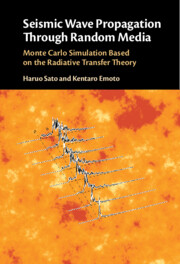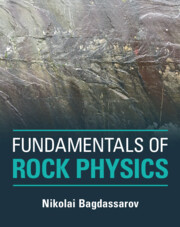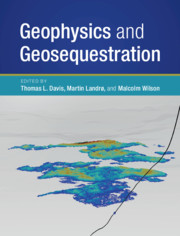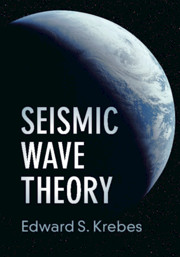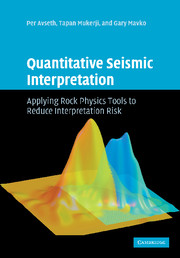Seismic Wave Propagation Through Random Media
The solid Earth's medium is heterogeneous over a wide range of scales. Seismological observations, including envelope broadening with increasing distance from an earthquake source and the excitation of long-lasting coda waves, provide a means of investigating velocity inhomogeneities in the lithosphere. These phenomena have been studied primarily using radiative transfer theory with random medium modelling. This book presents the mathematical foundations of scalar- and vector-wave scattering in random media, using the Born or Eikonal approximation, which are useful for understanding random inhomogeneity spectra and the scattering characteristics of the solid Earth. A step-by-step Monte Carlo simulation procedure is presented for synthesizing the propagation of energy density for impulsive radiation from a source in random media. Simulation results are then verified by comparison with analytical solutions and finite-difference simulations. Presenting the latest seismological observations and analysis techniques, this is a useful reference for graduate students and researchers in geophysics and physics.
- Presents new information about the structure of the solid Earth medium obtained from recent measurements of the random inhomogeneity spectra and scattering characteristics of seismic waves
- Introduces readers to the stochastic Monte Carlo simulation to solve the radiative transfer equation with random media modelling
- Discusses an ongoing study on the hybrid Monte Carlo simulation with the spectrum division method
Product details
October 2024Adobe eBook Reader
9781009059312
0 pages
This ISBN is for an eBook version which is distributed on our behalf by a third party.
Table of Contents
- Preface
- 1. Introduction
- 2. RTT for the isotropic scattering model
- 3. Scattering of scalar waves in random media
- 4. RTT for scalar wavelet propagation through random media
- 5. FD simulation of scalar wavelet propagation through random media
- 6. RTT for vector wavelet propagation through random elastic media
- 7. Hybrid MC simulation using the spectrum division
- 8. Epilogue
- References
- Index

